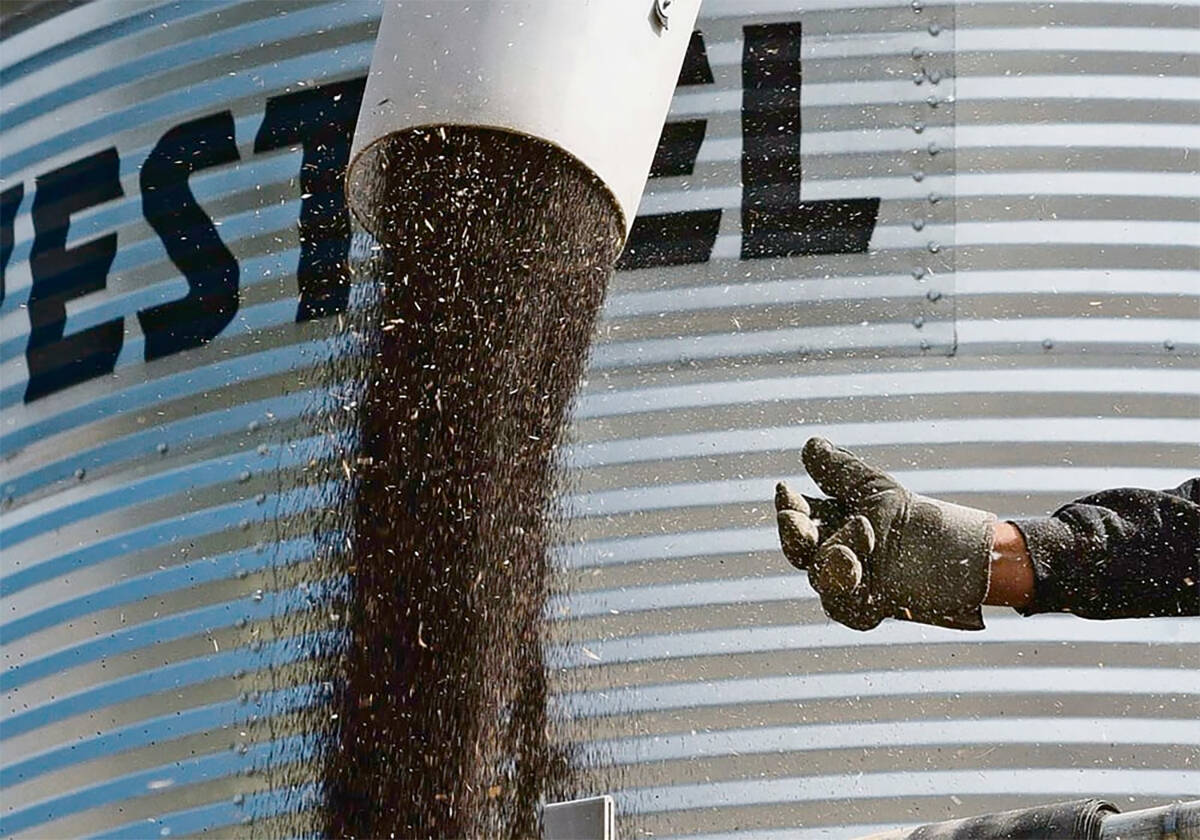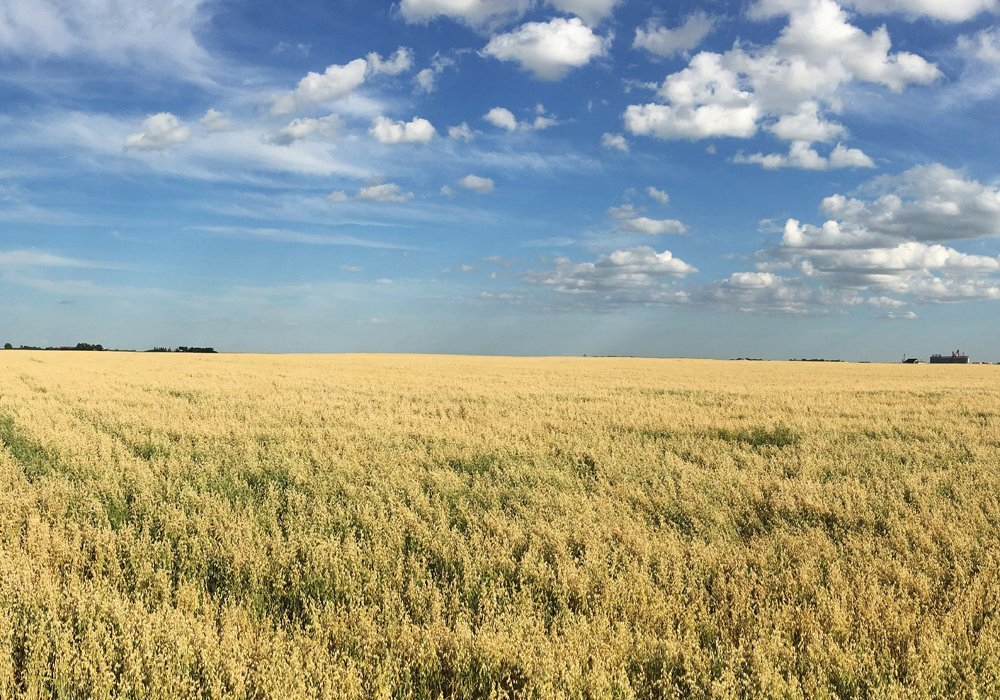The root-rot fungal pathogen take-all is deadly to cereal crops and grasses, except oats; scientists say they now know why
Take-all is a root-rot fungal pathogen deadly to cereal crops and grasses. It can cause huge yield losses to wheat and other cereal crops — except oats.
Oat protection comes from avenacins, which are antimicrobial compounds found in the plants’ roots and they offer protection against soil-borne diseases like take-all. In contrast, wheat and other cereals do not make these compounds, leaving them vulnerable to infection.
Earlier experiments had defined and cloned 10 avenacin biosynthetic pathway genes found in the plant.
Now, scientists at the John Innes Centre in Norwich, U.K., have traced the final two steps that give oats their unique resistance to take-all. The knowledge will help to create disease-resistant lines of wheat.
Read Also

Farmers urged to be grain-safe this fall
Working around grain bins comes with risk, from farmers falling to drowning in grain: Experts have five tips to help avoid grain-related accidents this harvest.
The research was conducted by the Centre of Excellence for Plant and Microbial Science (CEPAMS), and was a collaboration between the John Innes Centre and the Chinese Academy of Sciences.
“The paper that we have just published shows the reconstitution of the whole pathway in tobacco,” said professor Anne Osbourn, group leader and Fellow of the Royal Society with the John Innes Centre.
“The whole pathway is needed for the production of the antifungal avenacin defence compounds in oat. This pathway is only found in oat and there are no closely related genes in other cereals and grasses. It has evolved since oats diverged from these other species.”
Exactly when and why the oat grass developed this resistance is unclear. Osbourn said that just about all oat species make these compounds with the exception of a primitive oat grass called Avena longiglumis found in Europe and northern Africa. The genetic research suggested that the defence mechanism was present long before domestication.
Osbourn said that they have a Biotechnology and Biological Sciences Research Council (BBSRC)-funded collaboration with the National Institute of Botany (NIAB) to find all the pathway genes and transfer them into wheat.
“The results are looking promising, but we don’t yet have the whole pathway in there. That will take a bit more work but now that we have all 12 steps and have shown that this is sufficient to make avenacin in tobacco, this gives us confidence that we have what we need to engineer the pathway into heterologous (or different) species.”
Going forward, there is much research to be done.
“There are many things to do,” said Osbourn. “From a practical perspective, introducing the full pathway (and variants of it) into wheat and other crops and seeing if this confers enhanced disease resistance is a priority. There are also many fundamental questions to be answered about how plants evolve new pathways and chemistries and the mechanisms underpinning the remarkable genome plasticity that we have observed.”
The study was recently published in the journal Nature Communications.















